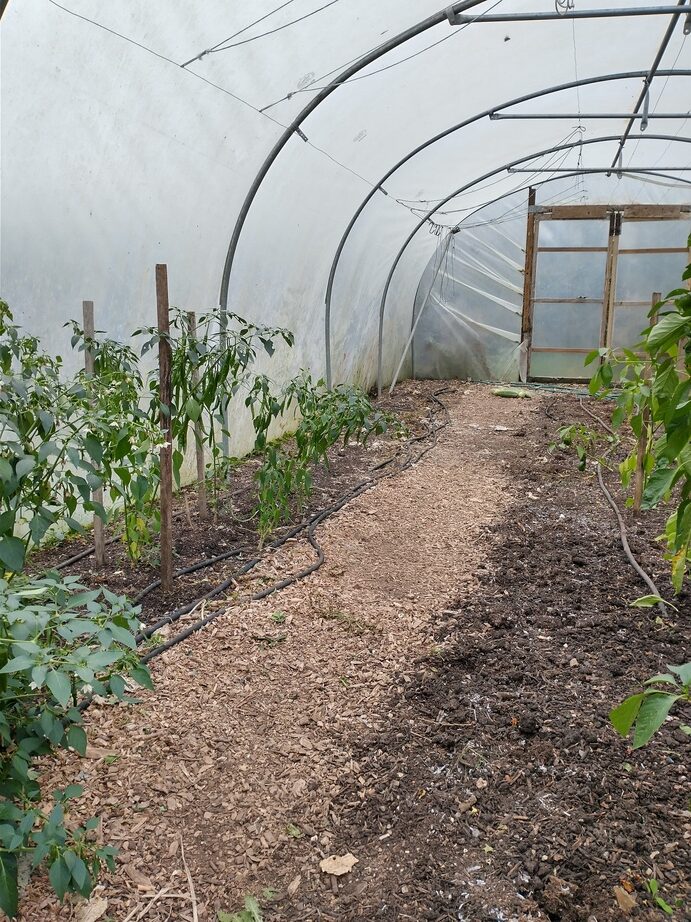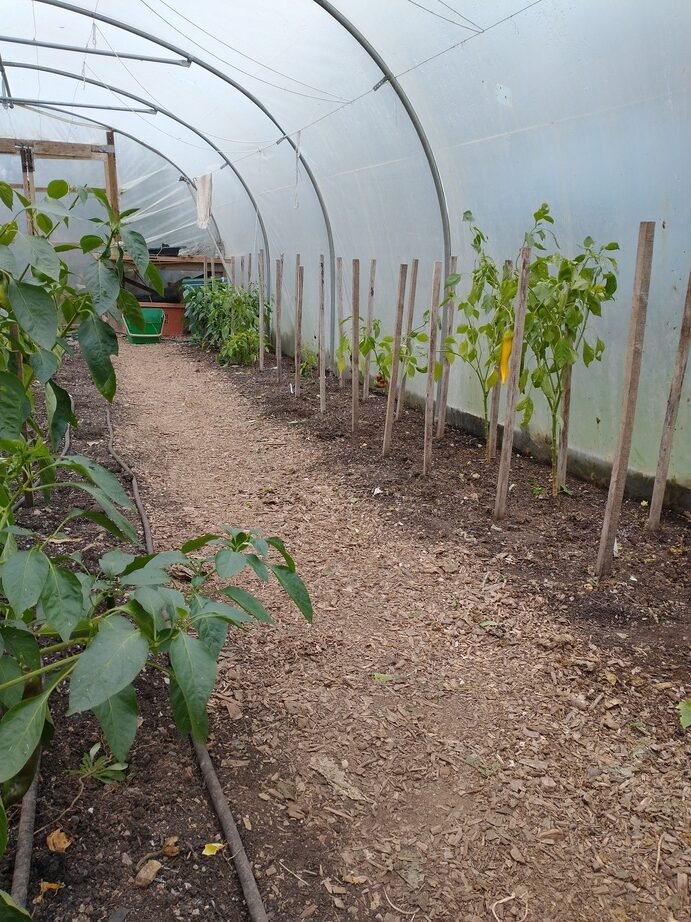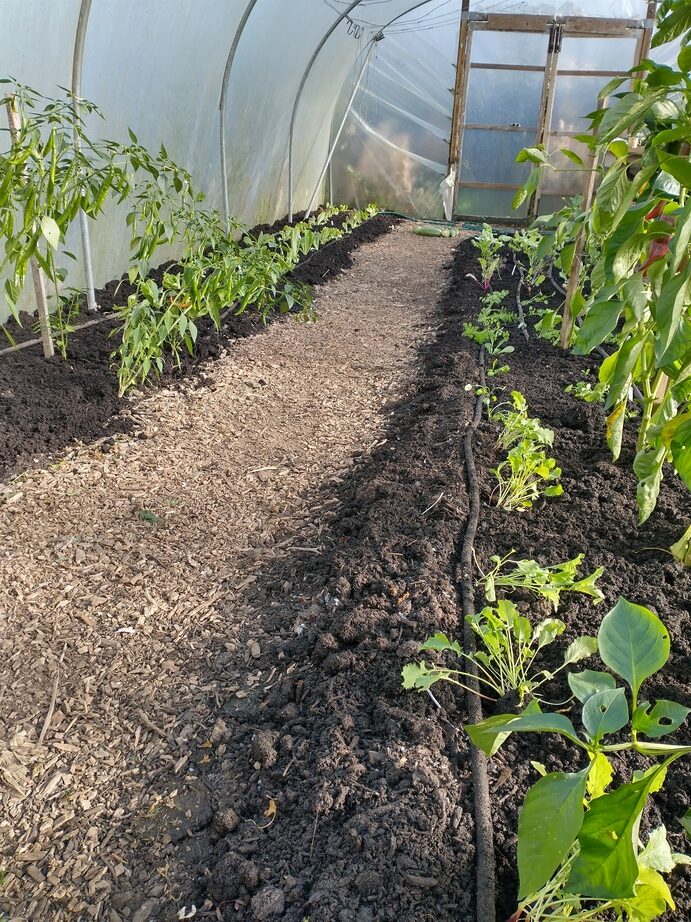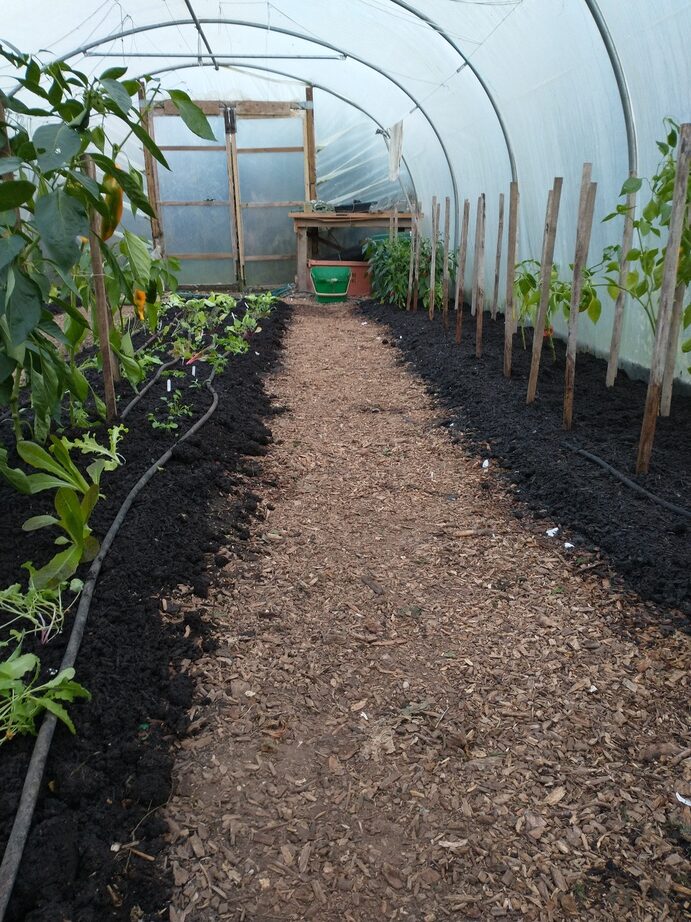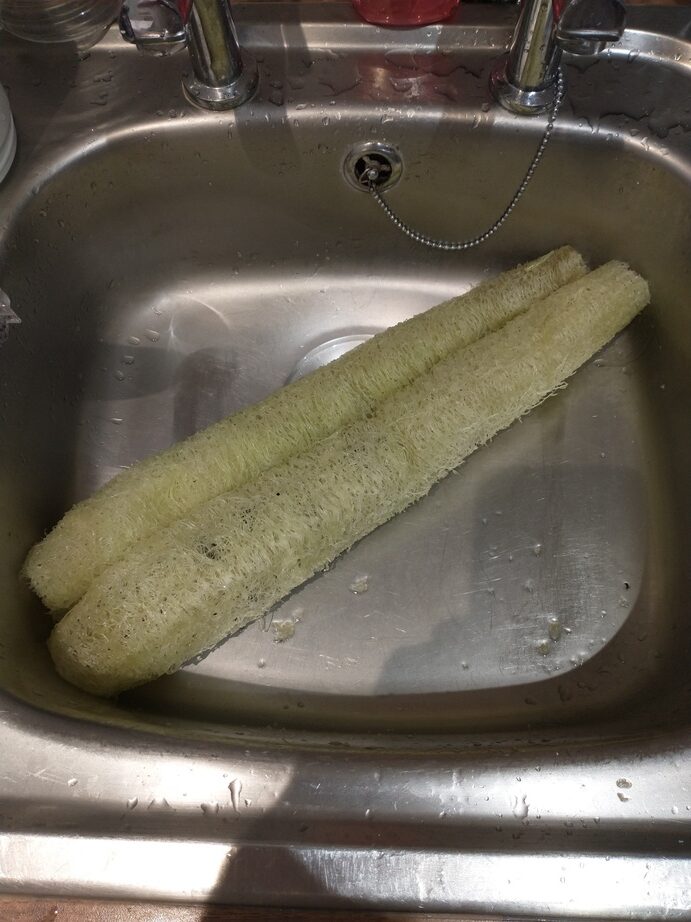- Joined
- Sep 4, 2011
- Messages
- 6,375
- Reaction score
- 6,140
- Location
- Wiveliscombe
- Hive Type
- National
- Number of Hives
- 24
what a waste of good cider
Probably arguable, to be honest. Cider is very rarely made from the kinds of apples you'd normally use for juice because they don't have a particularly good balance of sweetness, acidity, bitterness and tannin. One exception I'm aware of is that Thatchers make a cider from Katy apples, Katy being an early dessert variety. I suspect that's down to modern teenagers expectations of cider being sweet and sickly though, rather than because they make a good "traditional" style cider.
I've mentioned before that we have an orchard. Quite a few of the trees, particularly the ones already mature before we moved here, are traditional cider apple varieties such as Dabinett and Yarlington Mill. I've added a few more as well as dessert and cooking apples. As a general rule the cider apples are completely inedible and the fresh juice undrinkable. Take a bite out of one and it makes your teeth curl. Many of them are exceptionally bitter and very high in tannin. It's my understanding that the tannin is actually responsible for the traditional colour of cider. Cut a dessert apple in two and it will probably start to go orangey-brown in a few hours, perhaps even longer. Cut a cider apple in two and most will go noticeably orange-brown within two or three minutes as the tannins oxidise.
And to get even more off-topic, a few years back I built my own apple press in a kind of traditional style, but using a twelve tonne bottle jack, "hairs" made of net curtain and press boards made from squares of MDPE (the stuff plastic chopping boards are made from) with a set of grooves made using the kerf of a table saw blade in each side:
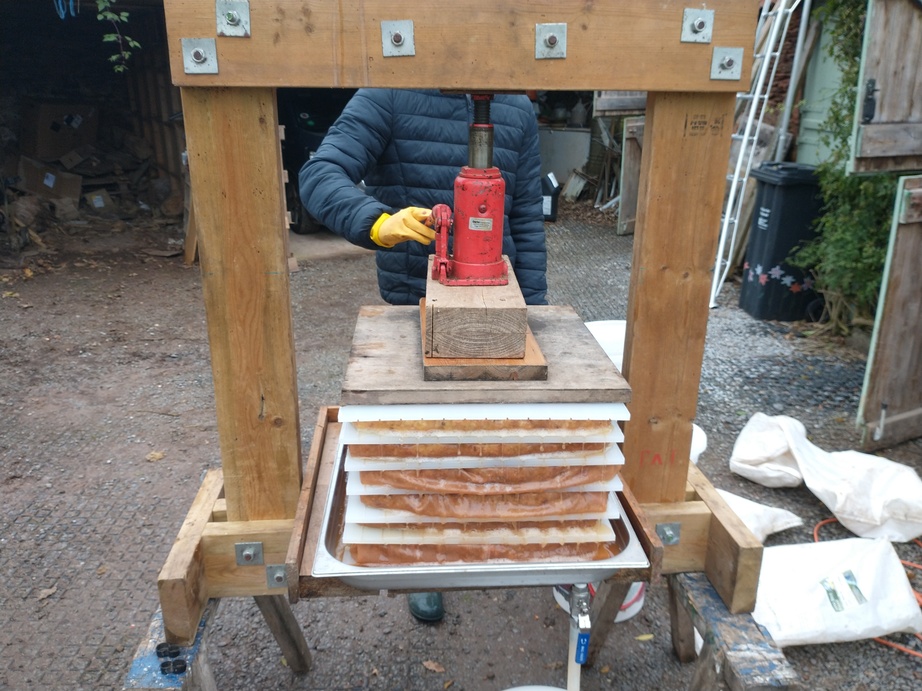
It actually works very well. Two years ago we produced twenty-five gallons of apple juice which lasted us almost an entire year. The only problem is how to effectively pasteurise that much.
James



















































